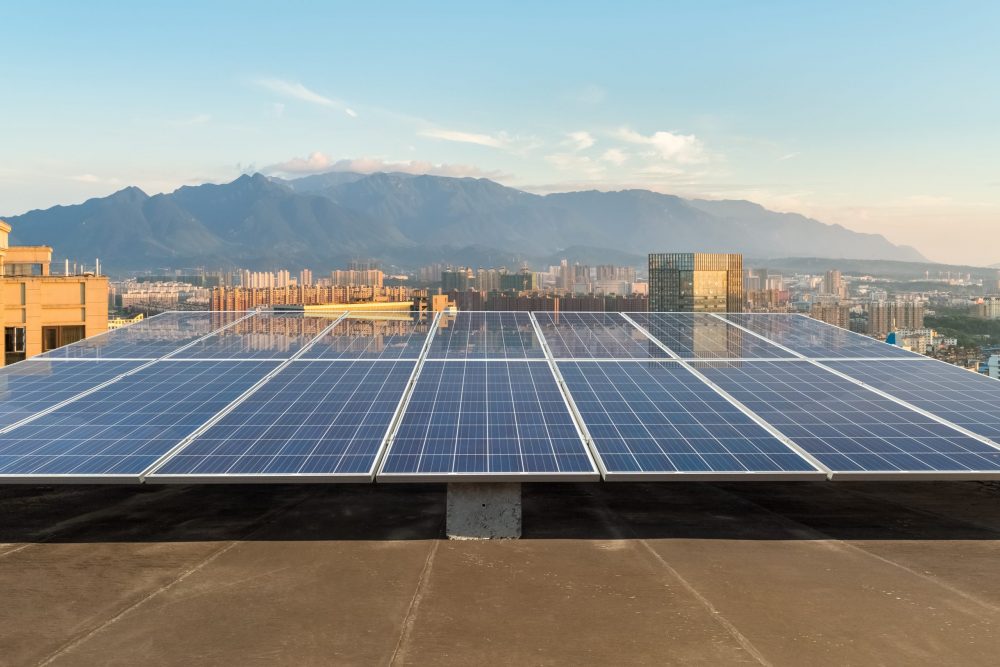By Emily Pontecorvo | Grist
In 2015, the rooftop solar industry in Maricopa County, Arizona, dried up almost overnight. That year, the Salt River Project, or SRP, a state-owned electric utility that serves about 2 million customers in the Phoenix metropolitan area, set new rates for rooftop solar owners. Suddenly, generating your own electricity from the sun was expected to cost you $600 more per year on your electric bill than it had the year before. At that rate, paying off the panels could take twice as long.
For anyone following the current battle over rooftop solar in California, the rationale for the change will sound familiar. As more of SRP’s customers started generating their own electricity with rooftop solar, the utility’s revenue declined. It claimed that as a result, the cost of maintaining the electric grid would be shifted onto non-solar customers.
But SRP’s solution of raising rates for solar customers led rooftop solar installations to drop by up to 95 percent between 2014 and 2015. Solar companies, as well as everyday people with an interest in rooftop solar, were outraged. In 2019, a group of citizens decided to take SRP to court for “engaging in anticompetitive conduct” and discriminating against solar customers.
Court Rich, an attorney specializing in energy and regulatory law in Arizona, said it’s instructive to look at rooftop solar applications in the jurisdiction of a neighboring utility called Arizona Public Service.
“These utilities are right across the street from each other with the same types of customers living in the same climate with the same values and the same weather,” he said in an email. “Yet while one utility has 15 percent of its customers with rooftop solar, the other has less than 5 percent. Don’t get me wrong, Arizona Public Service wishes its regulators would have let it get away with what SRP has done and killed the industry, but SRP is the one that got to do it, and the results are obvious and effective.”












